![The short and long-term ranking impact of removing long and fluff e-commerce category descriptions [Case Study] The short and long-term ranking impact of removing long and fluff e-commerce category descriptions [Case Study]](https://www.gsqi.com/marketing-blog/wp-content/uploads/sites/3/2021/08/ecommerce-online-shopping-lg.jpg)

Imagine the following scenario… Excited about buying a new house, you decide to browse for a new kitchen table. So you fire up Google and start searching. You end up clicking through a search listing to view modern kitchen tables and land on the category page of an e-commerce site. But before you start to view all of the great tables they have, you are presented with multiple lengthy paragraphs of content.
As you scroll and scan the description (if you even choose to do that), you notice that the copy is long and doesn’t really help you at all. It’s basically fluff content. For example, maybe it contains the history of modern kitchen tables or maybe it tells you all of the reasons you must have a modern kitchen table (while mentioning different types of modern kitchen tables four or five times). Frustrated, you quickly scroll to get to the actual products.
All of us have come across this situation (and across different types of e-commerce sites). But do we have to? Is it necessary for e-commerce sites to provide long and excessive descriptions that most people won’t even read? And can you rank well without those longer fluff descriptions? That’s a question that many SEOs and site owners must consider while crafting e-commerce category pages and the topic I’m covering in this case study.
If possible, I recommend reading this post from beginning to end to understand the history of the situation, the multiphase approach the site owners employed, the short and long-term impact, and more. But if you are short on time (pun intended), then here’s a table of contents so you can jump around the case study.
Case Study Table of Contents:
- The e-Commerce Description Conundrum.
- Case Study Details.
- When long category descriptions roamed the site.
- The Desktopian Era: Before mobile-first indexing.
- Phase One: Refining the descriptions.
- Phase Two: Hiding shorter descriptions.
- Boom: The March 2019 Broad Core Update.
- Phase Three: Biting the bullet with concise descriptions.
- Final tips and recommendations for e-commerce retailers.
The e-Commerce Description Conundrum:
While helping e-commerce companies deal with major algorithm updates, and analyzing some sites with long and excessive descriptions, it’s clear that some site owners believe those long descriptions help those pages rank well (or are a key part of helping those pages rank well). Therefore, my feedback about the long and questionable descriptions is something that they might make note of, talk about with their teams, and possibly even brainstorm solutions for improving, but never move on. The fear of losing rankings because of removing long and fluff descriptions is enough to keep those descriptions in place (and sometimes for a very long time).
I get it, change in SEO (especially when the competition is consistently using a certain approach) is tough to deal with and implement. But, frustrating users and potentially sending mixed signals to Google about the core intent of a page could also hinder your efforts. To make things even more risky, you have short-term ranking changes to worry about, but then you have broad core updates to worry about. And those only roll out three to four times per year.
To make matters more complex, it’s also important to understand that short-term testing will not always tell you what a broad core update will bring. I’ve covered that several times in my posts about broad core updates, and Google has also explained that testing just a subset of pages is not enough for their algorithms to determine that site quality has improved enough (if you are working on improving quality overall). So, just tinkering with a few category pages will not reveal what a broad core update could roll in…
Here is Google’s John Mueller explaining this: (at 11:41 in the video)
The Case Study:
Below, I’m going to cover a case study of an e-commerce site I helped over time that struggled during several major algorithm updates years ago and finally decided to address their lengthy and excessive descriptions on category pages. And in their place, they added much shorter descriptions that better fit their products, users, and niche overall.
This change was a long time in the making, since I initially brought this up to them several years ago (2015). Being cautious, they took a multi-phase approach (over years) moving from long and fluff category descriptions (that weren’t really valuable for users) to shorter, tighter descriptions that fit their product line and users much better. So, I have data from the short-term changes they implemented, and data over the long-term.
My hope is that this case study can get your wheels spinning about the best possible e-commerce category pages you can provide to prospective customers. And to be clear, that might include longer descriptions, or it might not. It really depends on what your research and testing yields. That’s a good segue to an important disclaimer.
Disclaimer: I’m not saying every site should nuke or replace their long descriptions and I’ll cover the various nuances in this post. But, I do think every site owner should review their category page content, understand what real users want to see, provide the best experience possible, while obviously trying to rank well in the search results. This case is a good example of a site owner taking a multi-phase approach to refining category descriptions over several years and those changes paying off. Read on.
Jumping Back in History: When long category descriptions roamed the site.
Again, the company reached out to me for help after seeing its fair share of volatility during major algorithm updates. They initially reached out to me in 2015 and I heavily analyzed the site (with the goal of using a “kitchen sink” approach to remediation). That’s where my goal is to surface every potential issue that could be impacting the site from a quality standpoint and then site owners working hard to implement as many of those recommendations as possible.
One glaring finding was about their e-commerce category pages. The pages had lengthy (and excessive) descriptions at the top of the page before the actual products were presented. The descriptions were multiple paragraphs long and didn’t really help users.
Also, the descriptions weren’t displayed in full by default. The first paragraph was shown with a “read more” link that would trigger the full content block. I found that strange since the content was supposed to help users (but most of it was being hidden on-load). Also, this was before mobile-first indexing, so hidden content was not given full weight from a ranking perspective. I’ll cover more about that next.
Here is a mockup of what the category descriptions looked like in 2015:
One paragraph on-load with a “read-more” link revealing several paragraphs:
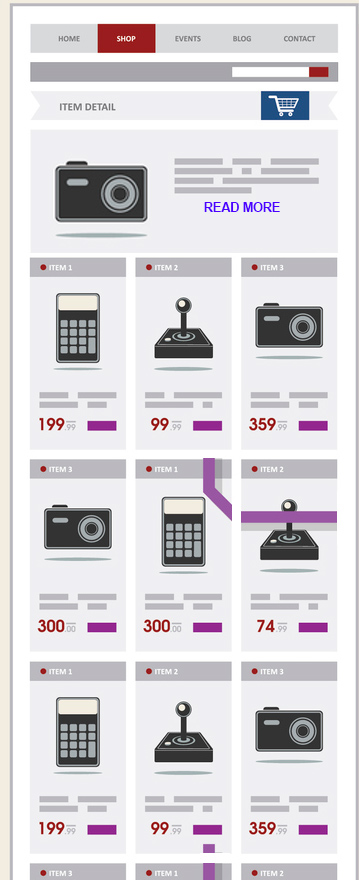
Long description displayed once the “read more” button is clicked:
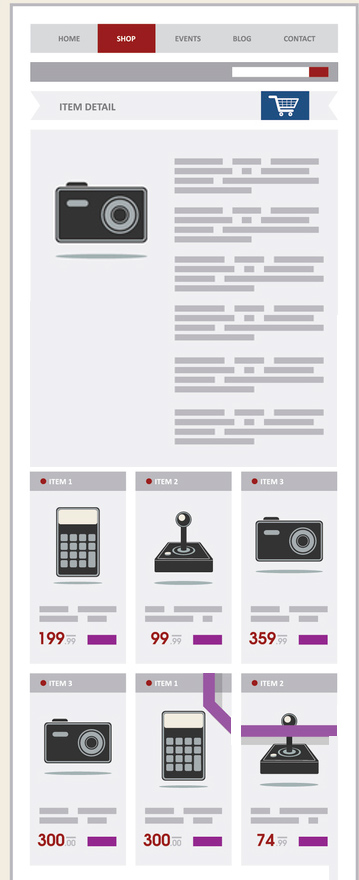
The Desktopian Era: Before mobile-first indexing.
Before I go any further, it’s important to remember that this was before mobile-first indexing was a thing. So, any content hidden on-load was not given full weight from a ranking perspective. I explained to my client that the hidden content in each description was (probably) not given full weight, along with other key points about what Google had been explaining about e-commerce category pages that contained lengthy, fluff descriptions.
For example, John Mueller has explained many times that e-commerce sites don’t need to add lengthy descriptions in order to rank well. Instead, he said it is important to add some textual content so Google can have context about what the page is about, but that writing a book about the category can actually confuse Google’s algorithms.
In other words, if you provide a lot of informational content about a category, along with product listings, Google’s algorithms can start to wonder if the page is informational or transactional. i.e. Are you selling products or are you providing the history of the category? John has also mentioned the danger of keyword stuffing when you add really long descriptions to e-commerce category pages.
Here are two clips from Google’s John Mueller about e-commerce category pages:
Watch the entire clip. There are some great nuggets of information from John: (at 29:25 in the video)
In this second video, John explains how site owners should focus on providing informative content and place it where users will actually see it. He also covers alt text, captions, and headings: (at 7:18 in the video)
So, the implementation of lengthy (and mostly hidden) category descriptions in 2015 could have been a UX barrier (frustrating users) without much ranking benefit (since the descriptions were mostly hidden). And if Google did take that content into account, it could have been confusing Google about the core point of the page. These were all important things to consider before implementing changes.
Phase One: e-commerce category descriptions refined.
After surfacing many of the e-commerce category descriptions that were long and not extremely valuable, the site owners decided to take action and implement some changes. But, they wanted to test the waters by using a multi-phase approach to changing the descriptions.
They first cut down the descriptions and made them all readable on-load (without needing to click a “read more” button). The new descriptions were about 30% shorter and supported the category better than the longer, fluff descriptions that were replaced.
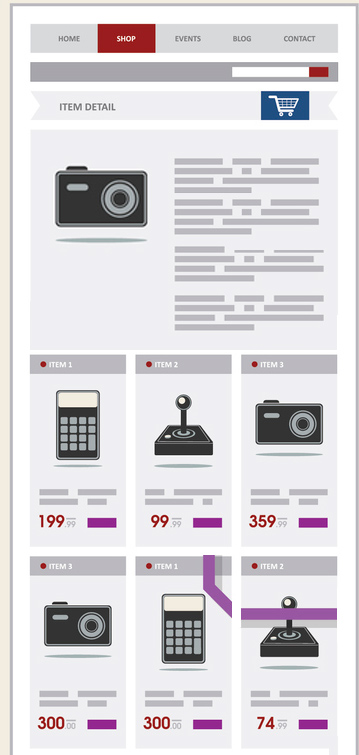
Their hope was that this change, along with many others they were implementing across the site, would help with Google’s evaluation of quality over the long-term. So even a short-term drop would be ok if the site performed better over the long-term. Now it was time to see how Google would react.
The short-term impact: All clear on the ranking front.
Nothing really changed immediately following the first description change, which was good. The pages still ranked where they were, so it seemed removing all of that extra content didn’t impact the short-term rankings for the pages (or site). Phase one was complete.
Here are some ranking graphs from that timeframe for head terms leading to category urls. Note the site moved to https in 2016 so you will see the http urls switch to https in the graphs below (green to blue). Rankings for the category pages held steady through the description changes and the move to https:
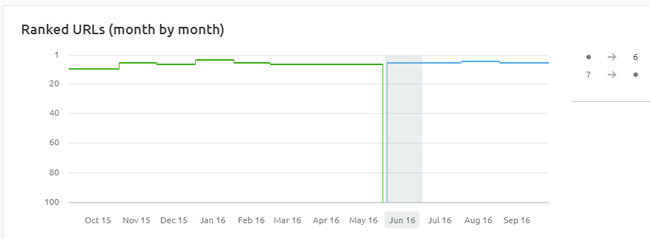
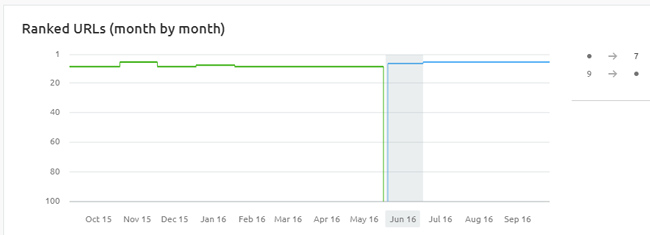
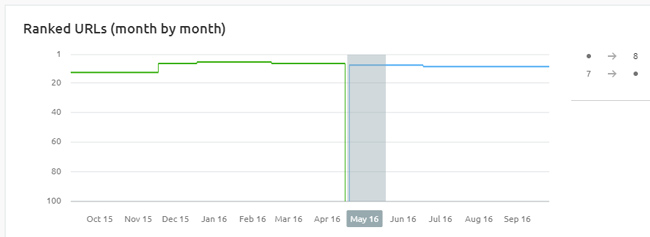
Phase Two: Hide the shorter descriptions.
The next phase was implemented when the site was redesigned the following year. The site owners decided to hide the shorter descriptions behind a “read more” link. And to clarify, the entire description was hidden behind the link (on both desktop and mobile). As you can probably guess, I wasn’t a big fan of this approach. If you have descriptions that are helpful for users, then I think you should provide them on the page by default (especially on desktop). If not, then refine that content so it can be displayed on-load. To clarify, it’s fine on mobile to collapse some of the content behind a UI element, if needed, but the entire description shouldn’t be hidden in my opinion.
Also, the site had not been switched to mobile-first indexing yet, so the content should not have been given full weight from a ranking perspective. My recommendation was to implement changes there and provide more of that description on-load (and to possibly cut down those descriptions even more). The site owners totally understood and said they would figure something out to improve the situation.
Shorter descriptions fully hidden on-load behind a “read more” button:
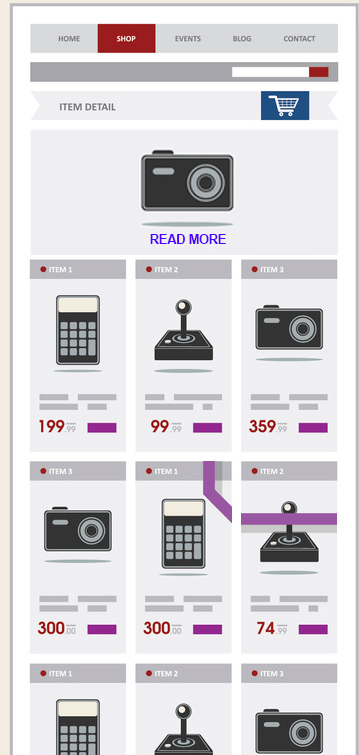
Shorter descriptions displayed after the “read more” button was clicked:
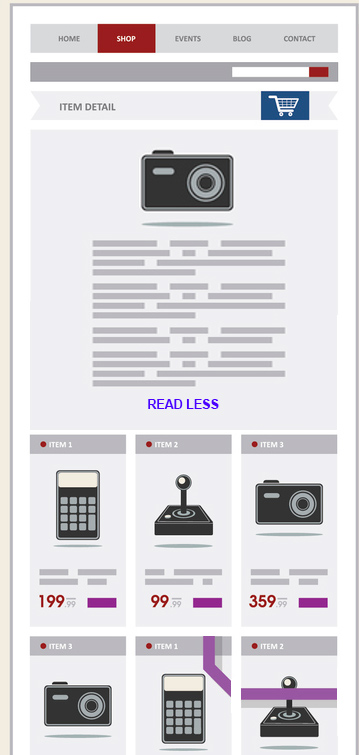
Note, rankings did not change much when the descriptions were hidden. So, it seems that change didn’t really impact much rankings-wise.
Here are rankings for some head terms leading to those category pages when phase two was implemented:
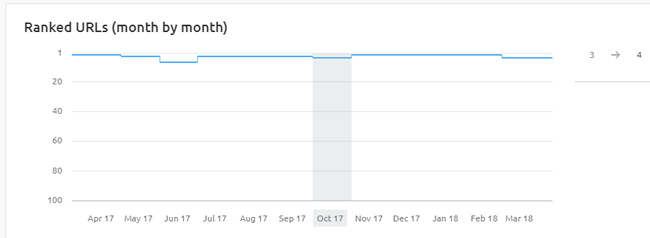
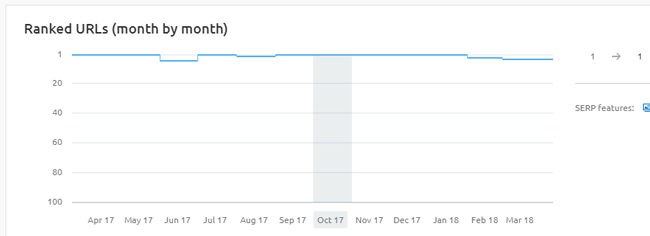
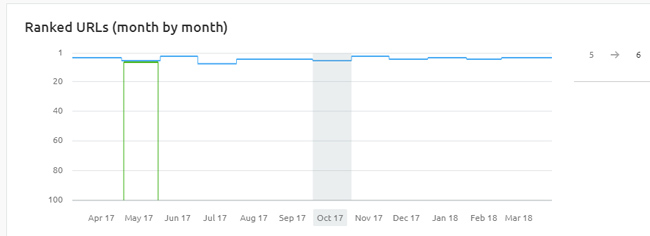
So far I’ve covered the short-term impact of the description changes, but Google pushes broad core updates several times per year (and they can clearly have a huge impact on sites across the web). Well, a broad core update rolled out in March of 2019 and it was a big one for the site. I’ll cover that next.
March 2019 Broad Core update: Boom, the site surged, and so did many of those pages.
When the March 2019 broad core update rolled out, the site surged overall (and so did many of those pages). It was amazing to see. Now, broad core updates can often impact a site overall (and increase rankings across many pages). That’s due to Google’s site-level quality signals. And as I’ve covered in my posts about broad core updates, Google is evaluating many factors over time and is reevaluating site quality and relevance with broad core updates. It was just interesting to see the site surge, and those category pages jump in rankings.
And, removing 30% of the description content from the original implementation clearly didn’t hurt those pages long-term. Actually, the description content was better for users with more relevant information. Also, by the time the March 2019 core update rolled out, the site had been moved to mobile-first indexing (so the content hidden on-load was given full weight). So the descriptions being hidden behind a “read more” button were given full weight after the move to mobile-first indexing.
Here are some of the increases for category pages during the March 2019 broad core update (head terms that lead to those category pages increasing in rankings based on the update):
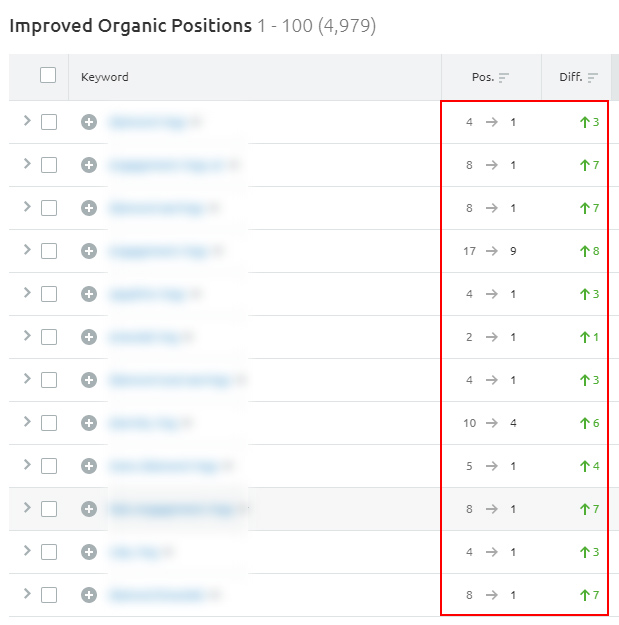
Phase Three: Biting the bullet with concise descriptions.
In the final phase of category description changes, the site owners decided to go even further and cut down the descriptions to just a few helpful sentences and provide all of that content on-load (without forcing the user to reveal the description). And in my opinion, it was a much better fit for users, the niche, the categories, etc. You can see below they provided just a short paragraph on each page without hiding the description at all.
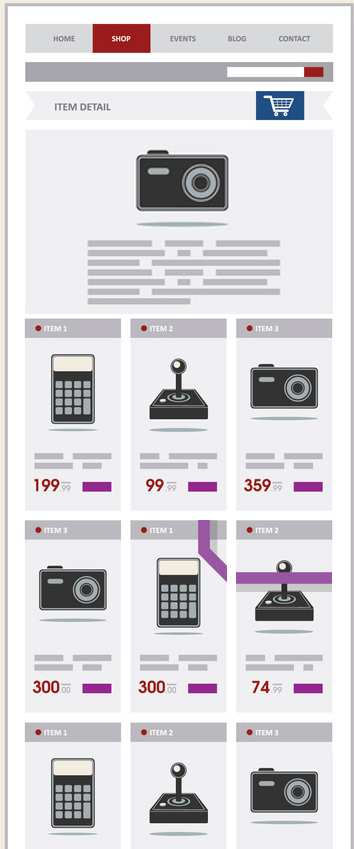
This change was implemented in late 2019 and the site has done extremely well since then. And those category pages are also doing extremely well. It was also interesting to see the site’s search visibility surge with the July 2021 core update. So, clearly those new, shorter category descriptions aren’t hurting the site or rankings for those pages.
Many of the category pages rank on page one, with a number of them in the top five listings, and several key category pages are ranking number one in the search results. Again, it’s great to see an improved category page with shorter, but more valuable descriptions, working well. They didn’t need to write a book about the category… they just needed enough content to meet or exceed user expectations (and to give Google enough signals about what the pages were about).
Here is search visibility trending when filtering by category pages on the site. There was a big surge during the December 2020 core update and then more during the July 2021 core update:

Final tips and recommendations for e-commerce retailers:
Now that I’ve covered the case study, I wanted to end with some final tips and recommendations for e-commerce retailers. Note, there’s not a “one size fits all” approach when it comes to e-commerce category descriptions. I would use a logical process for implementing changes across your category pages if you currently feel stuck with long and fluff descriptions:
- User Studies: First, run a user study. Ask real users what they want and how they feel about your current descriptions. I’ve covered user studies through the lens of broad core updates many times in my blog posts. Hearing from objective users can be enlightening. Note, you might need to run multiple studies based on your initial results. Again, you never know what you’re going to see and hear while testing your site.
- Short-term testing: Run some short-term testing of category description changes (just keep in mind this will only show the immediate impact rankings-wise and not what impact during broad core updates will look like). As I mentioned earlier, you can’t run a test on a subset of pages to fully understand the impact during broad core updates. But you can gauge the short-term impact of refining category descriptions.
- Taking (an educated) Leap of faith: Do what’s best for your users and your site long-term based on the user study, your understanding of your niche, the short-term testing, etc. And if that means cutting down those long fluff descriptions, and replacing them with shorter, but more valuable content, then so be it. As this case study showed, those pages (and the site overall) can do well without adding excessive descriptions like that… Google has explained this over and over, but I know it’s hard to pull the trigger on something like that. Just remember that Google’s John Mueller did explain that having some relevant text on the page about the category is smart (so Google can have some context about the page). Don’t just add images and call it a day…
- The danger of blindly following the competition: Don’t blindly follow what the competition is doing. I can’t tell you how many site owners have reached out to me over the years after getting hit hard by a broad core update and explaining that they were following one of their top competitors (and it ends up they both got hit during the same core update). As Google’s John Mueller has said many times, some sites might be ranking well despite the bad or risky things they are doing.
Summary – Working towards better e-commerce category descriptions.
I hope you found this case study interesting. I know there’s a long history of debate over e-commerce category descriptions, despite what Google has explained many times. Again, I’m not saying all sites should nuke their long category descriptions. It’s more nuanced than that. But I would start to understand what your users truly want to find on those pages, run user testing, implement short-term changes, and then gauge how that’s working for the site. And if all signs point to cutting down those long descriptions, and replacing them with shorter, but more valuable descriptions, then that might be the best move. And that’s exactly what worked for the site I covered in this post (over both the short and long-term).
GG



